
Pollinator Photography Contest Sponsored by NC Community Garden Partners and NC A&T University
Thank you to everyone that participated in the “Hatch Butterflies” program when 4-H Embryology took a break due to …



El inglés es el idioma de control de esta página. En la medida en que haya algún conflicto entre la traducción al inglés y la traducción, el inglés prevalece.
Al hacer clic en el enlace de traducción se activa un servicio de traducción gratuito para convertir la página al español. Al igual que con cualquier traducción por Internet, la conversión no es sensible al contexto y puede que no traduzca el texto en su significado original. NC State Extension no garantiza la exactitud del texto traducido. Por favor, tenga en cuenta que algunas aplicaciones y/o servicios pueden no funcionar como se espera cuando se traducen.
Inglês é o idioma de controle desta página. Na medida que haja algum conflito entre o texto original em Inglês e a tradução, o Inglês prevalece.
Ao clicar no link de tradução, um serviço gratuito de tradução será ativado para converter a página para o Português. Como em qualquer tradução pela internet, a conversão não é sensivel ao contexto e pode não ocorrer a tradução para o significado orginal. O serviço de Extensão da Carolina do Norte (NC State Extension) não garante a exatidão do texto traduzido. Por favor, observe que algumas funções ou serviços podem não funcionar como esperado após a tradução.
English is the controlling language of this page. To the extent there is any conflict between the English text and the translation, English controls.
Clicking on the translation link activates a free translation service to convert the page to Spanish. As with any Internet translation, the conversion is not context-sensitive and may not translate the text to its original meaning. NC State Extension does not guarantee the accuracy of the translated text. Please note that some applications and/or services may not function as expected when translated.
Collapse ▲
Thank you to everyone that participated in the “Hatch Butterflies” program when 4-H Embryology took a break due to …
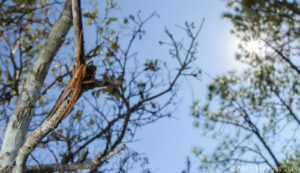
We’ve been getting a lot of inquiries about spiders hanging around and coming inside homes lately. Some have …
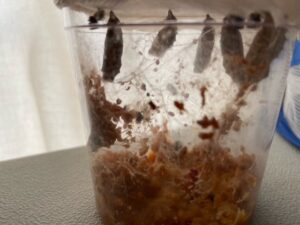
When 4-H Embryology was cancelled due to Highly Pathogenic Avian Influenza on April 5, 2022, Liz Driscoll, 4-H Horticulture …
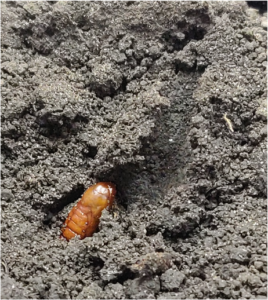
Article by DeShae Dillard, M.S., NC State, Department of Entomology and Plant Pathology Corn earworm (also known as bollworm) is …

If you are a 4-H agent or Program Assistant who will hatch out chicks with 4-H Embryology, please join …

Pesticide Schools are hosted by the NC State Pesticide Safety Education Program with the help of the NC Extension …
Youth Flock Owners: Please read the latest update from the North Carolina Department of Agriculture and Consumer Services released on …
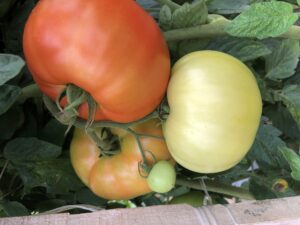
The North Carolina Tomato Growers Association recently hosted the Winter Vegetable Meeting in February. Attendees were asked a series …
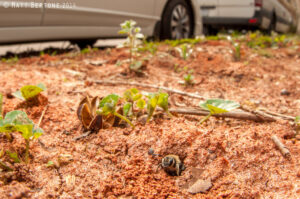
As the weather warms up, insects and other animals are becoming more active. I wrote the other day about …
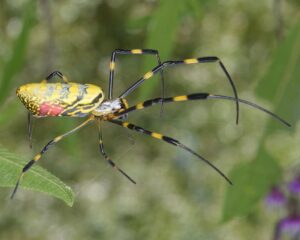
Similar to murder hornets in 2020, the Joro spider is having its five minutes of fame! Recent headlines across …
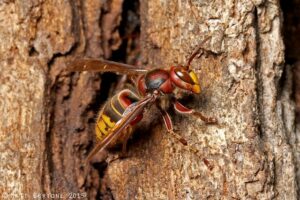
It’s feeling a lot like spring out there! As the warm weather bring feelings of joy from longer days …

Anyone who grows tomatoes in North Carolina, from homeowners to commercial growers, eventually finds their crop is affected by …

The Chatham County Center of North Carolina Cooperative Extension conducted two blueberry production webinars in November-December 2021. NC State …

NC State University has declared a Condition 2 adverse weather status through noon on Sunday, January 23rd, 2022. As …
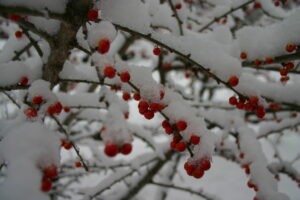
The NC State University Plant Disease and Insect Clinic will be closed from Friday, December 24, 2021, through Sunday, …

It’s hard not to love this time of year between the spectacle of fall colors and the reprieve of …
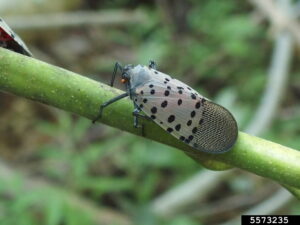
Note: On June 23, 2022 (6 months after this article was published), the spotted lanternfly was detected in North …
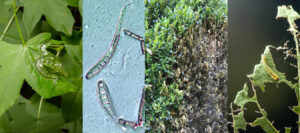
UPDATE: Registration for the course is closed The Plant Disease and Insect Clinic (PDIC) and collaborators are happy to announce …
The US Environmental Protection Agency requires that all individuals working with pesticides labeled for respiratory protection complete the following …
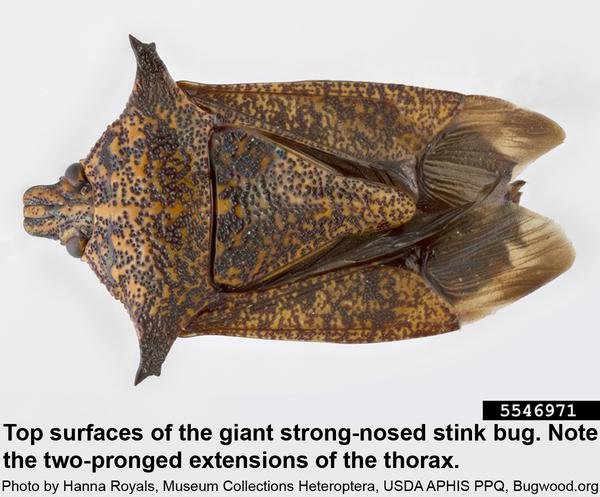
This factsheet describes the biology of the giant strong-nosed stink bug, Alcaeorrhynchus grandis, and provides …

This manual prepares pesticide applicators for Forest Pest Control Certification exams in the following states: …
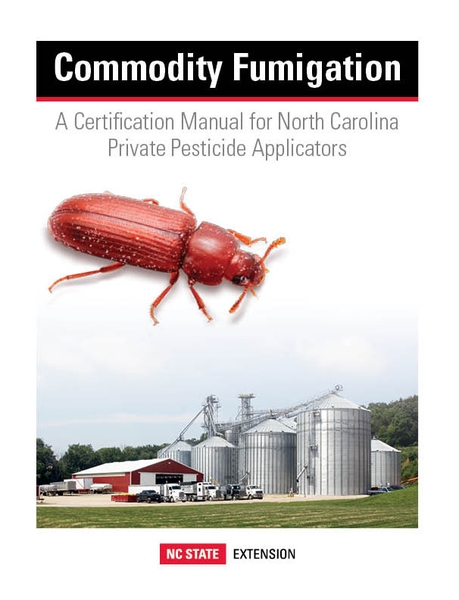
This manual provides guidance tailored for North Carolina's non-commercial pesticide applicators using fumigants in commodity …
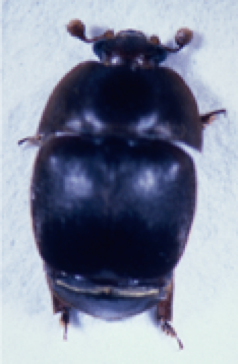
This factsheet describes the small hive beetle, its life cycle and how to prevent infestations …
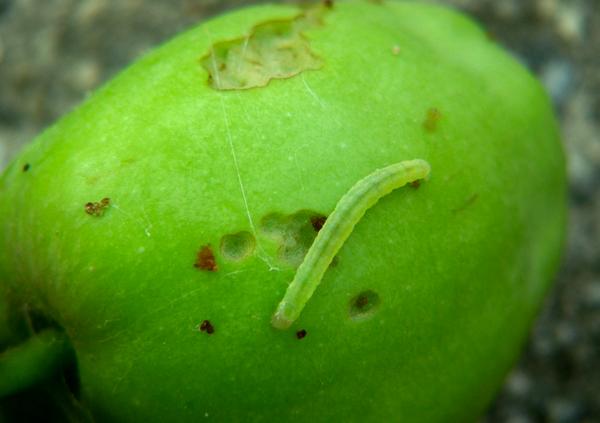
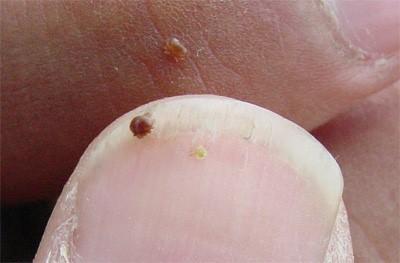
It is the goal of every beekeeper to maintain healthy, productive colonies. This can only …
To apply restricted-use pesticides to agricultural commodities, you must be certified or be supervised by …

This factsheet offers information on the biology and management of the emerald ash borer, an …